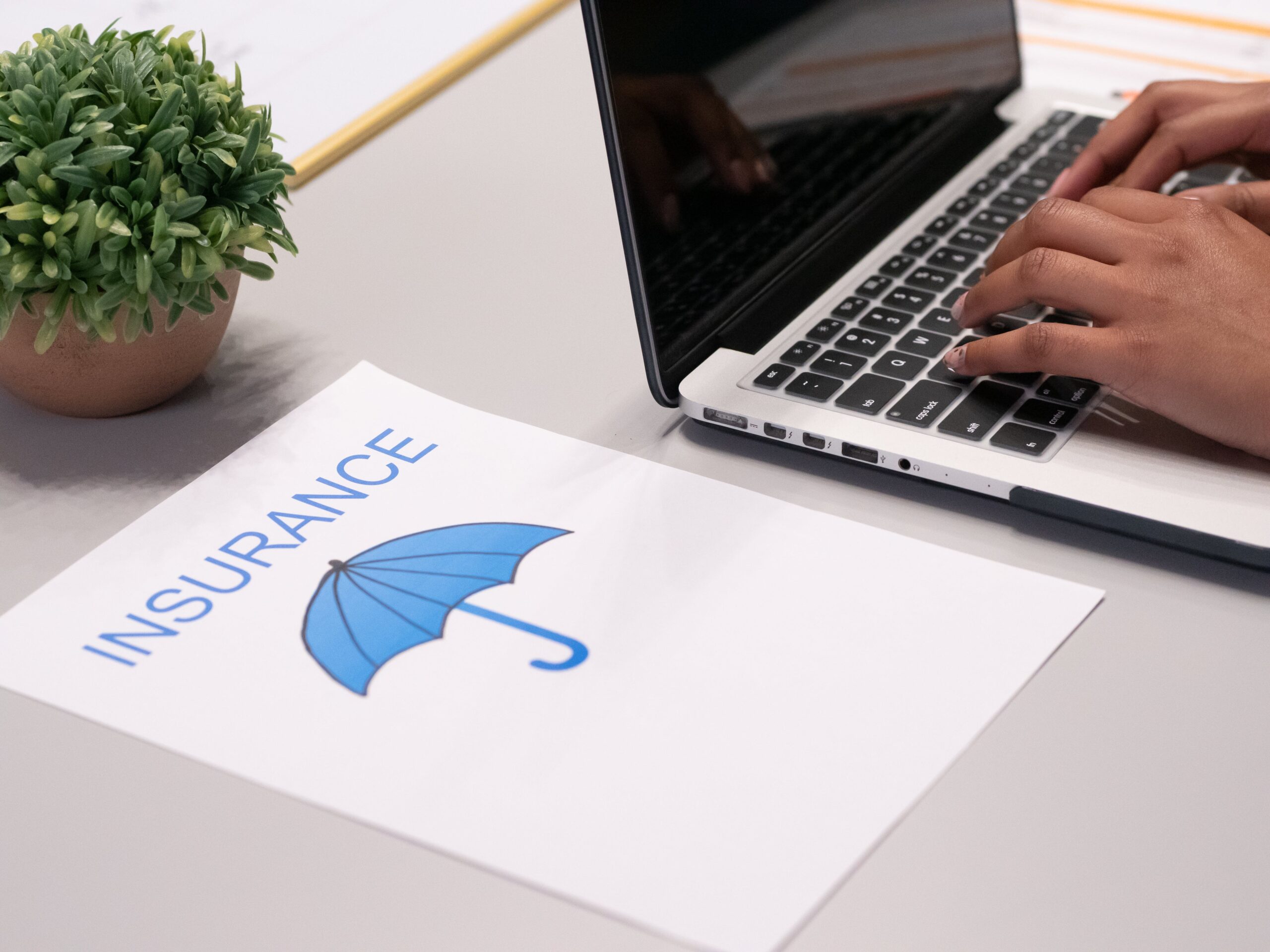Car insurance is an essential aspect of owning a car. It is not only a legal requirement but also provides financial protection against potential damages and liabilities that may arise from an accident or other incidents involving your car. With the advent of the internet, finding and comparing car insurance policies online has become easier than ever. In this article, we will guide you through the process of finding and comparing the best car insurance policies online.
Step 1: Know Your Needs
The first step in finding the best car insurance policy is to know your needs. Before you start your search, ask yourself some questions, such as:
- What is the make and model of your car?
- What is the age and condition of your car?
- How many miles do you drive per year?
- What is your driving record?
- What level of coverage do you need?
Having a clear idea of your needs will help you narrow down your search and find the most suitable car insurance policy.
Step 2: Research the Market
Once you have a clear idea of your needs, the next step is to research the market. There are many car insurance providers available in the market, and each offers different policies and prices. Researching the market will help you compare different car insurance policies and find the best one for you.
You can start by searching for car insurance providers online. Many insurance providers have their websites, where you can find information about their policies and prices. You can also use comparison websites to compare different policies and prices from multiple providers. These websites allow you to enter your details and get quotes from various providers, making it easier to compare and find the best car insurance policy.
Step 3: Check the Policy Coverage
When comparing car insurance policies, it is essential to check the policy coverage. Car insurance policies usually cover different types of damages and liabilities, and the level of coverage varies from policy to policy. The most common types of coverage include:
- Liability Coverage: This covers damages and injuries that you may cause to other people or their property while driving your car.
- Collision Coverage: This covers damages to your car resulting from a collision with another car or object.
- Comprehensive Coverage: This covers damages to your car resulting from non-collision incidents, such as theft, fire, or natural disasters.
- Personal Injury Protection (PIP) Coverage: This covers medical expenses and lost wages resulting from injuries sustained in a car accident, regardless of who is at fault.
When comparing car insurance policies, make sure to check the level of coverage offered by each policy and choose the one that best suits your needs.
Step 4: Check the Deductibles
The deductible is the amount you pay out of pocket before the insurance company starts paying for damages. When comparing car insurance policies, make sure to check the deductibles for each policy. A higher deductible means lower premiums, but it also means that you will have to pay more out of pocket if you get into an accident. On the other hand, a lower deductible means higher premiums but less out-of-pocket expenses in case of an accident.
When choosing a car insurance policy, it is essential to find the right balance between the deductible and the premiums. Consider your budget and the likelihood of getting into an accident when choosing the deductible.
Step 5: Check the Discounts
Many car insurance providers offer discounts to their customers. These discounts can help you save money on your premiums. When comparing car insurance policies, make sure to check the discounts offered by each provider. Some common discounts include:
- Multi-car Discount: This is a discount given to customers who insure more than one car with the same provider.
- Good Driver Discount: This is a discount given to customers with a good driving record.
- Low Mileage Discount: This is a discount given to customers who drive fewer miles per year.
 Lifeyet News Lifeyet News
Lifeyet News Lifeyet News





